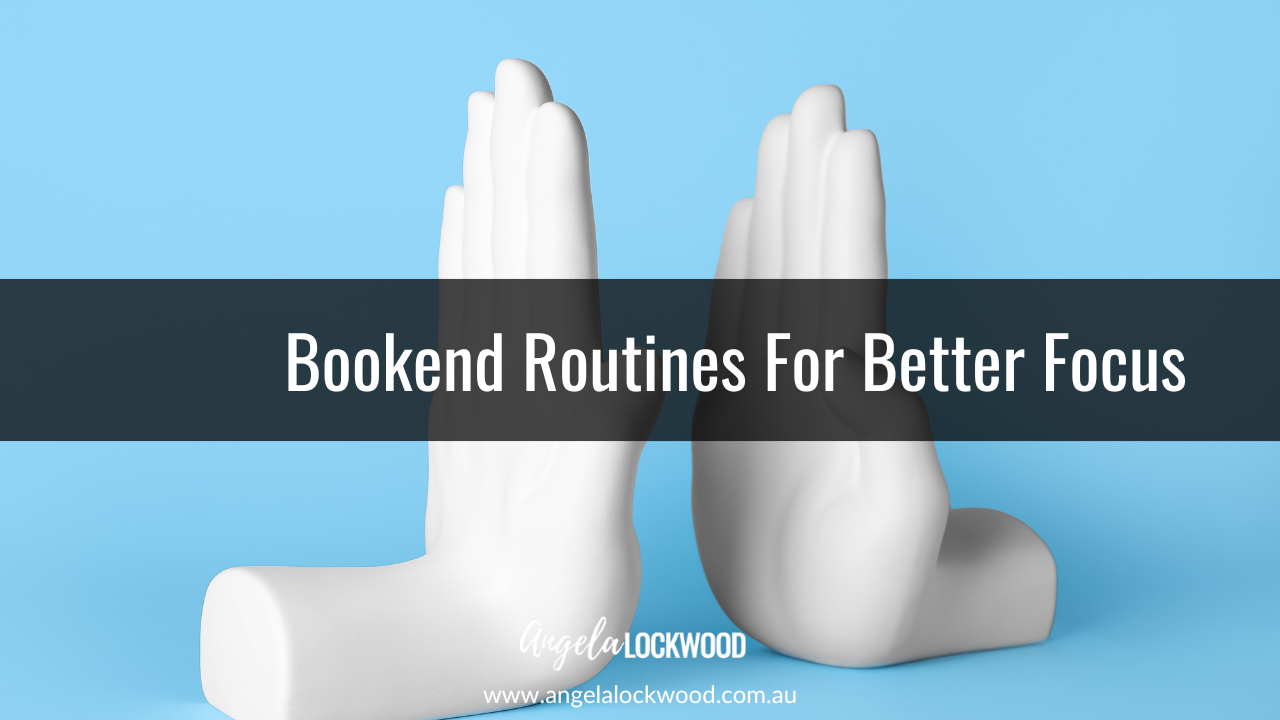Improving concentration in whole-class instruction time
Sep 14, 2021
In classrooms of today, we are seeing a greater move towards open planned classrooms with flexible learning spaces. These are classrooms where rather than standard-size desks and chairs placed neatly in rows, there are options where children can sit, stand, work on the floor, or even in bean bags. These classrooms are conducive to embracing diverse learning styles and allow for children to work in positions that allow their bodies to move.
In my own office, I use a sit-stand desk that allows me to sit or stand so that my physical needs can enhance my focus needs when working. As an example, in the first section of the day, I position my desk straight into a stand position so that I can kick start my body into an active posture when I am at my peak focus. This puts me into a state of flow, and I find that I am in my greatest state of productivity.
For days I am in the classroom this pattern changes. I ensure I have options to match my energy and need for focus, this may be on the floor with a lap desk, at a desk, on a chair, even at times sitting on a desk. Giving our bodies positional options throughout the day is vital for our health and wellbeing as well as our focus and attention. The same applies to our students.
Understanding the focus needs of your class can make a significant difference in how children attend and concentrate. Scan your class when they are sitting on the floor listening to you in whole-class instruction time. You will notice some kids will be sitting crossed legged in a perfect campfire sit, others will be crouching with their bottoms hovering over the carpet in a crouch position, others will be sitting in a w-sit posture (terrible for knees and hips by the way) while others may be constantly shifting their posture. In an attempt to stop the movement teachers will often instruct their class to sit still with their legs crossed for uniformity. However, for many kids, this is uncomfortable, and some may not even have the flexibility in their hips to do it, so rather than focusing on your words they are too busy focusing on trying to stay comfortable, so they miss important instructions.
To enhance attention and concentration in whole-class instruction time:
- Observe. Observe the movements of your students and take note of how they are sitting and how many students are moving around.
- Be flexible. Provide options for students who have difficulty sitting in crossed-legged campfire sit. This may be allowing them to sit on a chair at the back of the group or having their legs propped to the side or out in front.
- Limit time. For some kids sitting on the floor for extended periods in an invitation to roll around, play with the girl's hair in front of them or stare out the window. Think of what we do as adults in a conference when we stop listening. We doodle on the workbook, we play with a pen, we eat the mints on the table. The behaviours we see on the carpet during whole-class instruction time are a child's version of conference mint eating. Children's attention span is significantly reducing particularly when information is presented auditorily. Keep instruction time to 5 minutes. If it needs to be longer than break the lesson up with instruction, activity, instruction, activity.
Improving concentration and attention during whole-class instruction time will enhance a child's success in following through on the instructions and it will reduce the behavioural interventions you have to make in keeping kids still.
Better for you, better for them.
Angela
*Note: You may also be interested in how meditation can help create a calm classroom. Read here: Meditation to Create a Calm Classroom.






